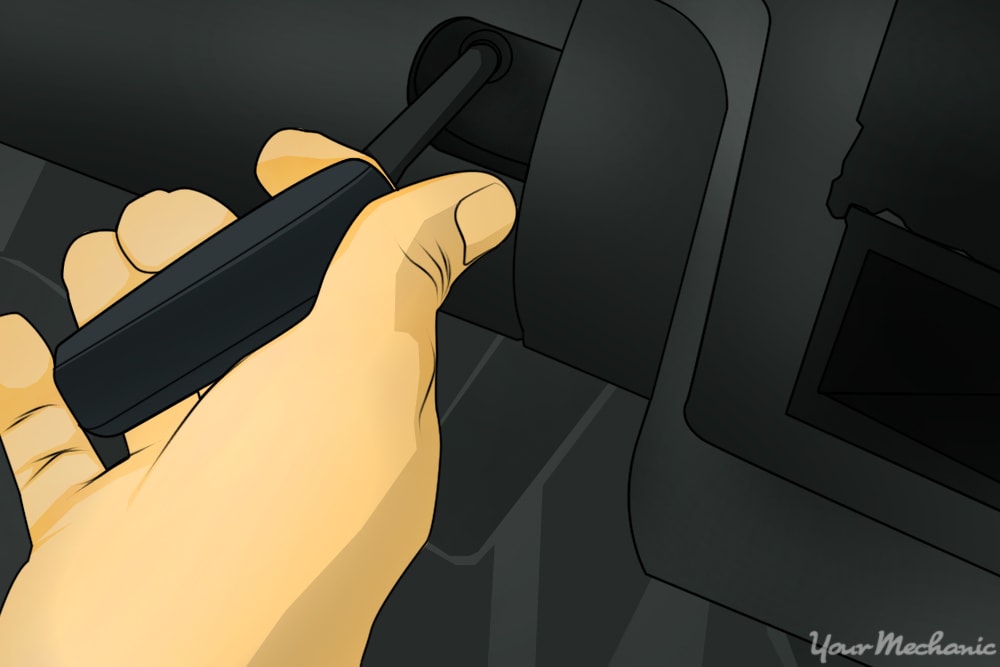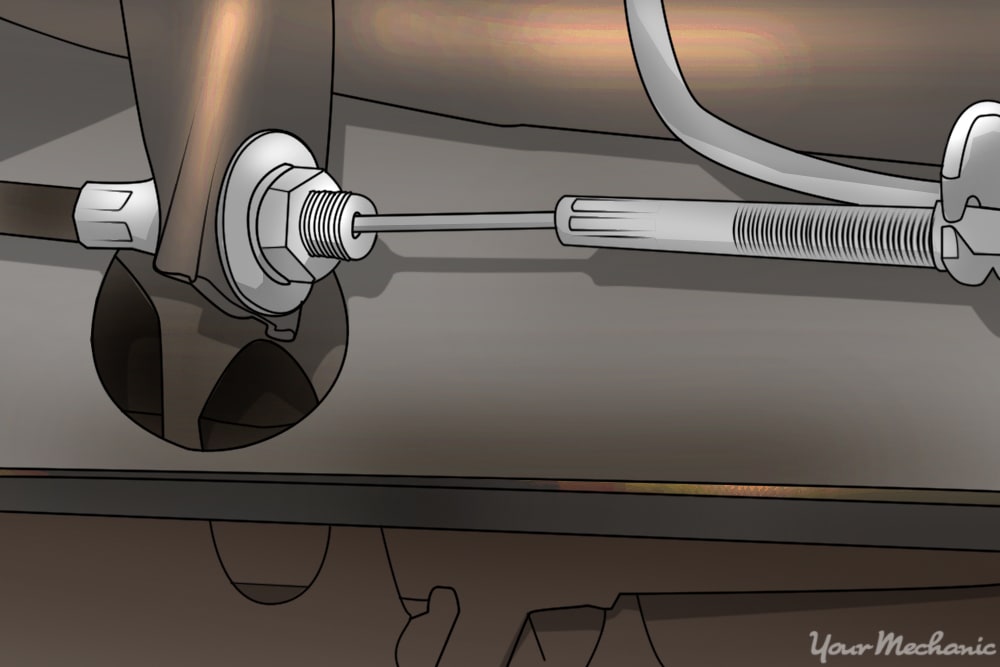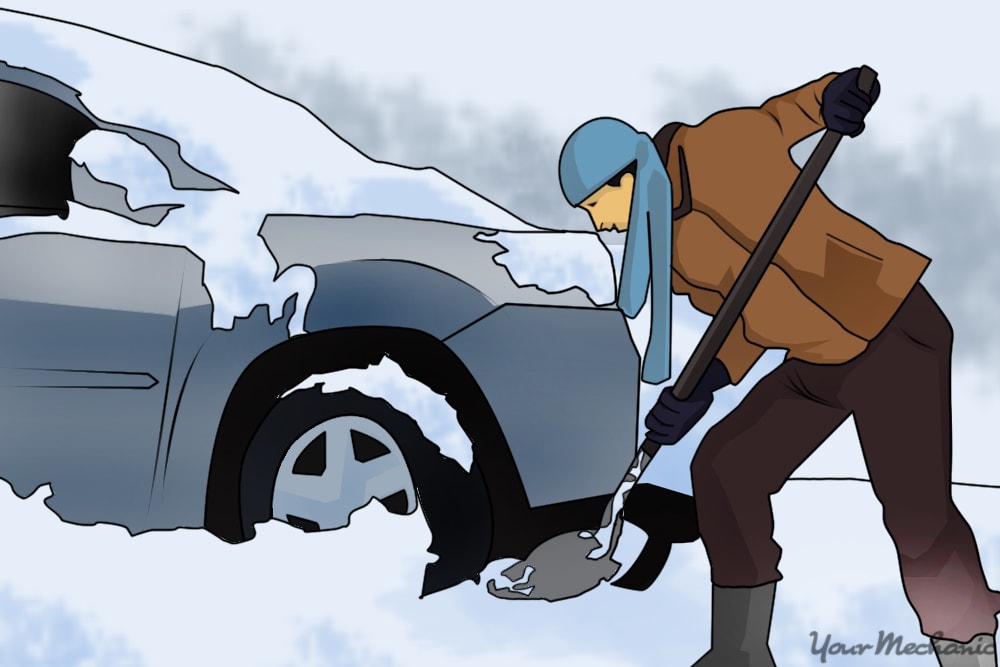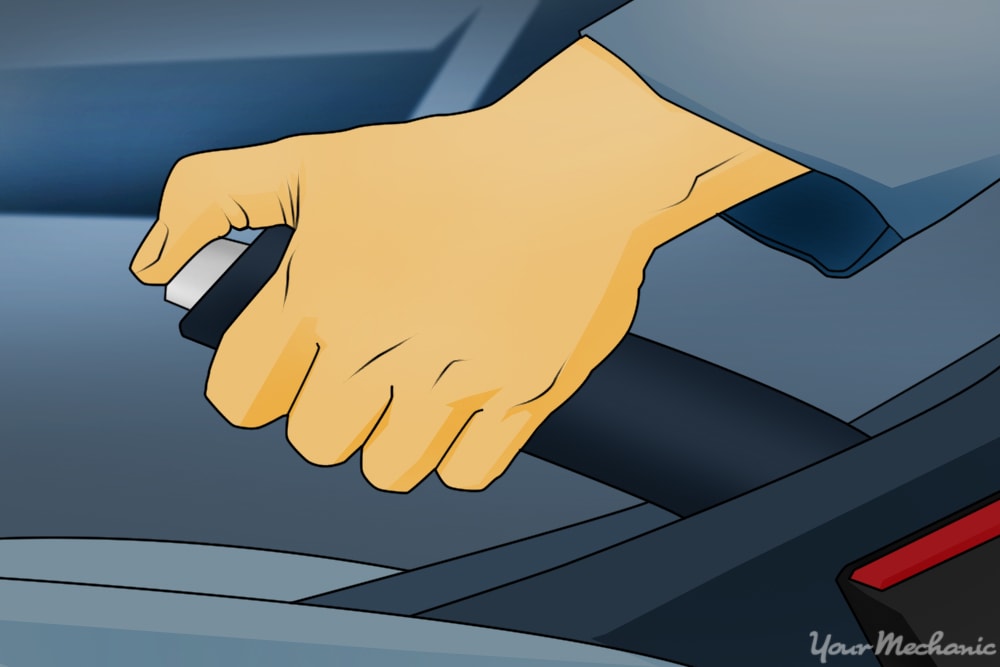

The parking brake is an important braking component that is only used when a vehicle is parked. It helps to take unnecessary strain off the transmission when the vehicle is not in motion, or when it is parked on a grade. The parking brake is also commonly called the emergency brake, “e-brake,” or handbrake. The parking brake consists of a system of springs and cables that are mostly protected in a sheath; but depending on the make, model, and year of your car, the components might be more or less protected.
Usually, the problem of having a frozen parking brake occurs in older vehicles. Newer vehicles have more protected parking brake components, which keeps out moisture and prevents them from freezing. But, depending on the winter conditions in your locale, you might have trouble with a stuck parking brake.
Some routine preventative measures you can take to keep your emergency brake in good working order include using it often, and keeping your brake fluid reservoir full at all times to ensure maximum lubrication. Also, inspection of the parking brake should be part of your routine vehicle maintenance - especially for older vehicles that still have the original parking brake. Over time, parking brake cables can become worn, and those that are less protected by the sheath can be prone to rust.
Below are a few different methods you can use to help release a frozen parking brake. Depending on the weather conditions you live in, one method might be better than another.
Method 1 of 2: Remove or melt ice from the parking brake using tools
Materials Needed
- Extension cord (optional)
- Hair dryer (optional)
- Hammer or mallet (optional)
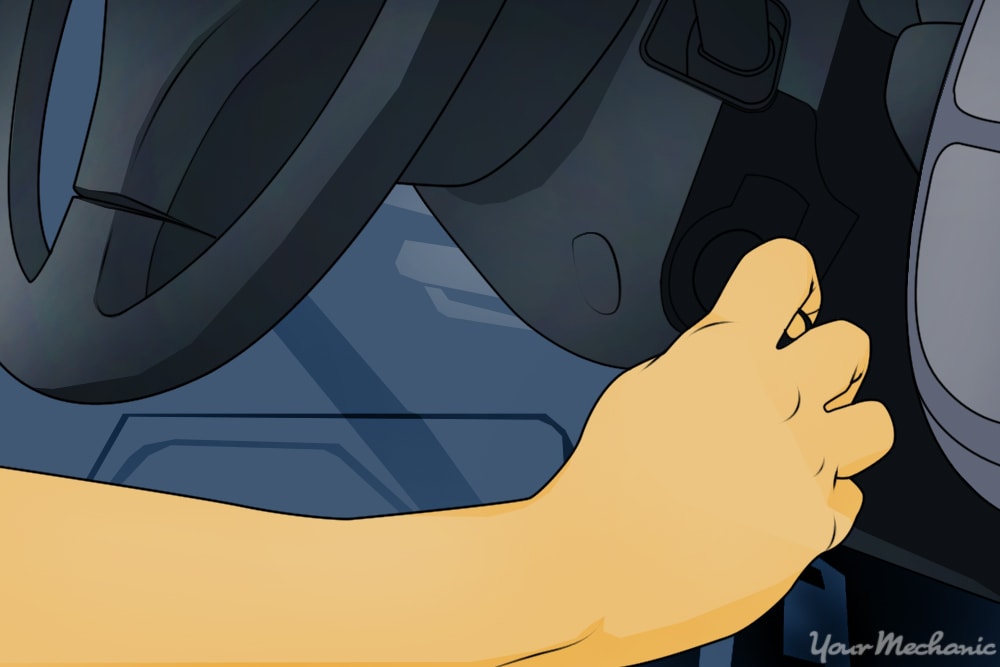
Step 1: Start the car to warm the engine and other components of the car. Sometimes this action alone can help warm the undercarriage enough to melt any ice that’s holding the parking brake - but, depending on how cold it is, this might take a long time.
That said, keep the engine running throughout the process of trying to release the parking brake so heat can continue to build up.
- Tip: Revving the engine a bit can help warm the engine faster. You don’t want to keep the engine at high RPMs, so don’t rev it too high or for too long to avoid possible engine damage.
Step 2: Try to disengage the parking brake multiple times. The idea here is to break up any ice that might be holding it.
If you’ve tried disengaging ten times or more, stop and proceed to the next step.
Step 3: Isolate the problem by checking the parking brake. The parking brake is connected to a specific tire; check the owner’s manual if you don’t know which one.
Check the wheel the parking brake is fastened to, and use a hammer or mallet to tap it and try to break off any ice that might be holding it back. Moving the cable around a bit can also help to break up ice.
Try to release the parking brake again; multiple times, if needed.
Step 4: Try using a heating tool to melt the ice. You can use a hair dryer or even hot water - though hot water has the potential to make the situation worse in extreme cold temperatures.
If necessary, run an extension cord out to the car and plug in the hair dryer. Point it at the frozen part of the cable, or the brake itself, and turn it to the highest setting.
Alternatively, if you’re using hot water, boil it and pour it over the frozen area and try to release the parking brake as soon as possible afterwards.
While you’re trying to melt the ice, move the brake cable around with your other hand or tap it with a hammer or mallet to quicken the process. Try to release the parking brake again; multiple times, if needed.
Method 2 of 2: Use engine heat to melt the ice under the vehicle
Materials Needed
- Snow shovel or regular shovel
You can use this method only if there is excess snow you can use to seal off the undercarriage of the vehicle.
- Warning: Because of the risk of carbon monoxide building up inside the car, only perform this method while you’re outside the vehicle with all of the windows rolled down, and the air conditioner or heater blowing inside at the highest setting.
Step 1: Start the vehicle to warm the engine and other components of the car. Keep the engine on throughout the process.
Step 2: Use a snow shovel and create a snow barrier. Your snow barrier should seal off all or most of the space between the ground and bottom of the vehicle on both sides and the rear, leaving the front part of the open to allow air to come in.
Creating a pocket underneath the car will enable heat to build up more rapidly under the car than if it were exposed to the open air.
Continue to monitor the barrier you’ve built, making sure to repair parts that have melted or collapsed.
- Tip: If there is a lot of wind, you might want to seal off part of the front as well, so there isn’t too much air circulation that can take away insulation and slow the melting process.
Step 3: Wait outside the car until the engine is warm. Continue repairing any melted or collapsed sections of your barrier.
Step 4: Periodically check the parking brake to see if it releases. If it doesn’t release, wait longer for more heat to build up, and check again until the parking brake releases.
If the above methods did not help you release your parking brake, you likely need to have a professional mechanic come and inspect your vehicle. One of our top-rated mechanics at YourMechanic can come to your home or office to service your parking brake at a reasonable price.



